Established with a philanthropic investment of almost $17 million from Robert G. and Sue Douthit O’Donnell, the new center will bring together the best minds from a wide range of fields.

Berkeley, Calif.—Ever since Nobel laureates George Akerlof and Daniel Kahneman created a 1987 UC Berkeley course that broke the rigid barrier between psychology and economics, the university has led the way in bringing the once-disparate disciplines together into the field of behavioral economics.
More than 35 years later, the Haas School of Business is launching the Robert G. and Sue Douthit O’Donnell Center for Behavioral Economics to advance the field toward its next stage of evolution.
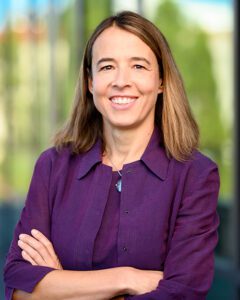
“We went from neoclassical economics that considered humans to be perfectly rational, to behavioral economics that brought in social psychology,” says Ulrike Malmendier, the Cora Jane Flood Professor of Finance, who will serve as the center’s faculty director. “Now we want to move the needle further, bringing together the best minds for rigorous research on human behavior from the sciences more broadly—including neuroscience, cognitive science, biology, medicine, epidemiology, and genetics.”
Funded with a philanthropic investment of almost $17 million by Bob O’Donnell, BS 65, MBA 66, and his wife, Sue O’Donnell, the center aims to become the preeminent hub for the maturing fields of behavioral economics and finance, bringing together leading researchers from a wide range of disciplines for collaboration, conferences, and bootcamps, as well as funding promising PhD students and postdoctoral scholars. The center will also host the prestigious Behavioral Economics Annual Meeting (BEAM), co-founded by Malmendier, every three years.
A nexus for cross-disciplinary research
O’Donnell says he was inspired by the pioneering work of Kahneman, Akerlof, Malmendier, and others who gave Berkeley its leading position in behavioral economics. “UC Berkeley is dedicated to integrating business education with other disciplines on campus, which is essential in this area,” he says. “It should have a center devoted to continuing this work.”
The center, says Berkeley Haas Dean Ann Harrison, will create a far-reaching impact across UC Berkeley, a research powerhouse with many areas of strength. “The goal is to cut through barriers that traditionally hinder research across disciplines, such as different ways of presenting data and publishing results, and bring people together in a different way than what’s usually done,” she says. “The O’Donnell Center will be the nexus of a new form of cross-disciplinary collaboration that pushes behavioral economics toward the future.”
Beyond ‘homo economicus’
Traditional economics was based on the assumption that human beings are perfectly rational, profit-maximizing “robots”—sometimes referred to as “homo economicus” or “economic man,” Malmendier says. Behavioral economics brought in insights from psychology and human behavior to explore the predictable foibles in our thinking, such as decision-making biases, fears of losing out, lack of self-control, and overconfidence. A classic example is Kahneman’s pioneering work with Amos Tversky on loss aversion, which showed that people are willing to take greater risks to avoid a loss than to secure a gain.
These ideas have been integrated into economics and finance departments around the world and have deeply influenced public policy and practice. For example, after Nobel Laureate Richard Thaler and Cass Sunstein developed the concept of the “nudge”—interventions that spur people to act in their own self-interest, such as enrolling in a retirement savings plan—hundreds of “nudge units” were established in governmental and private-sector organizations around the world.
Many other Berkeley Haas researchers helped pioneer this intellectual revolution, including finance professor Terrance Odean, BA 90, MS 92, PhD 97, the Rudd Family Foundation Chair, who was convinced by Kahneman to pursue a doctorate in finance rather than psychology and whose work reveals investors’ flawed decision making.
O’Donnell, the center’s founding donor, says he often applied insights from behavioral economics during his career as a portfolio manager for a large mutual fund group. “It represents a further step in the evolution of financial theory comparable to the development of the efficient market hypothesis,” he says. “When combined with existing financial theory, I believe that its insights enhanced results for my clients.”
Yet, during the 17 years he taught an investment class in the Berkeley Haas MBA program, O’Donnell says he sometimes encountered skepticism when he introduced ideas from the field. “Indeed, one student asked, ‘Isn’t all this kind of woo-woo?’”, he says. “Several years later, that student told me how perspectives from behavioral economics had helped her career in finance.”
Experience effects
Now, after more than three decades of foundational work, it’s time to move behavioral economics past its adolescence, Malmendier says. “Behavioral economics made progress by including psychology, but we didn’t include all the other sciences.”
Malmendier, whose groundbreaking work on “experience effects” earned her a Fischer Black Prize in 2013 for the top economist under the age of 40 and a Guggenheim Fellowship in 2017, has focused on complex economic behaviors. She has studied how stressful experiences with recessions, layoffs, inflation, housing bubbles, and political repression make consumer and investor behavior more cautious and risk averse for years afterward, and she has explored how stress can affect our health, careers, education, and other aspects of life in dramatic ways.
To further that work, Malmendier aims to bring a wider range of researchers together and break down silos. For example, collaborating with neuroscientists, neuropsychiatrists, biologists, medical researchers, and epidemiologists who have studied stress and trauma could more precisely demonstrate how past experiences shape our actions today and across generations. Stress impacts the big variables that economists study, such as completing an education, choosing an occupation, and deciding to have a family, she says.
“As we walk through life, our outlook on the world changes, especially if we suffer trauma,” she says. “Neuroscience says our brain gets rewired. There may be a long-term impact of stress on our longevity, on our aging, and on our health.”
Questioning the status quo
Malmendier, who now serves on the German Council of Economic Experts, is passionate about the potential of behavioral economics to help leaders create better solutions to the most complex and urgent problems of our time—from fighting climate change to battling inflation and avoiding financial crises. “If leaders keep in mind people’s emotions, their personal histories, and their psychologies, they can engineer ways to make things more predictable and give people more control over events help them live better lives,” she says. “That is our ultimate goal.”
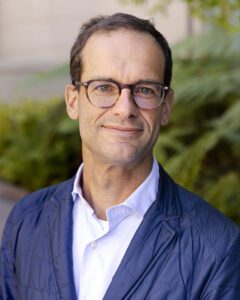
Moving the field forward will also involve rigorous research to reexamine what has come before. For instance, a recent paper by center co-founder Stefano DellaVigna, the Daniel E. Koshland Senior Distinguished Professor of Economics and professor of business, with Elizabeth Linos of Harvard, suggests that leaders should get more realistic about nudge policies—and better at incorporating them into practice. Two government nudge units opened their records to allow the researchers to look at all their interventions. By examining 126 randomized controlled trials of nudge policies involving 23 million people in the United States, the researchers found that nudge interventions are on average effective, increasing the desired outcomes by about 8%. However, the effects are less than those in published academic papers—about one-fifth the size. The authors attribute the difference to publication bias, or the tendency toward publishing only large, surprising results.
“Our study stresses the importance of research transparency,” DellaVigna says. “This transparent access is quite unique and shows a further innovative impact of behavioral economics, which has led to more evidence gathering within governments.”
In a second paper, DellaVigna and Linos, along with Department of Economics doctoral student Woojin Kim, found that even when nudge policies are found to be effective, public agencies implement them only about a quarter of the time, often due to organizational inertia.
In addition to Malmendier and DellaVigna, the center will include a host of affiliated researchers from Berkeley Haas and Berkeley Economics, as well as from across the university. They include Berkeley Haas professors Ricardo Perez-Truglia, Ned Augenblick, Don Moore, and Gautam Rao, PhD 14—who will join Haas in January from Harvard University—as well as Dmitry Taubinsky of Berkeley Economics and others. The founding gift will establish a permanent endowment to support the center and some of its ongoing activities.
###
Media Contact: Laura Counts, [email protected], 510.205.9570

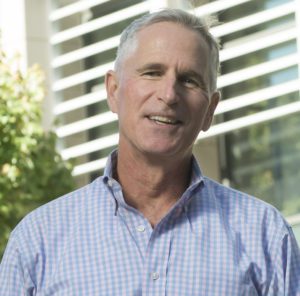
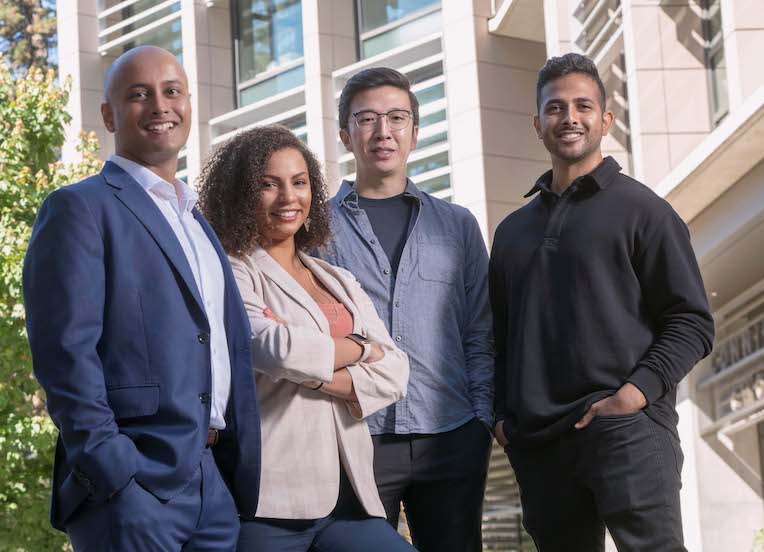
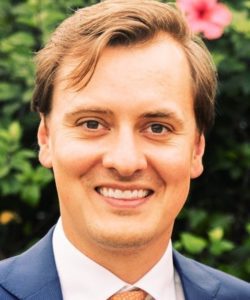
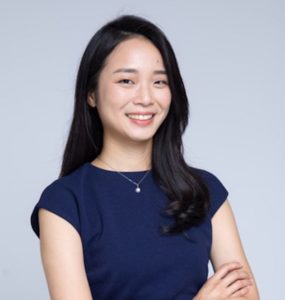
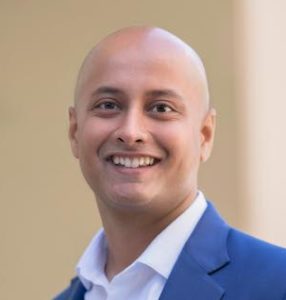



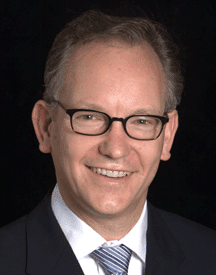
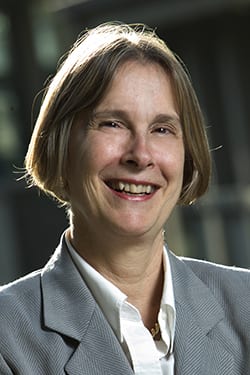
 When a Starbucks employee recently called the police on two black men who asked for a bathroom key but hadn’t yet ordered anything, it seemed a clear-cut case of racism leading directly to unfair treatment. Many outraged white customers publicly contrasted it with their years of hassle-free Starbucks pit stops.
When a Starbucks employee recently called the police on two black men who asked for a bathroom key but hadn’t yet ordered anything, it seemed a clear-cut case of racism leading directly to unfair treatment. Many outraged white customers publicly contrasted it with their years of hassle-free Starbucks pit stops.
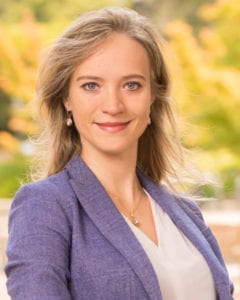

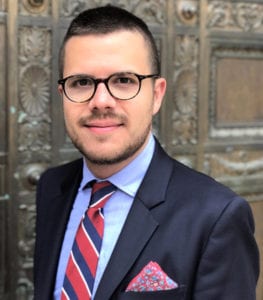
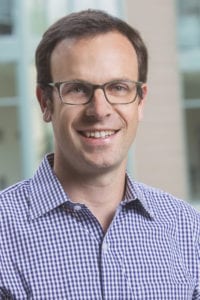

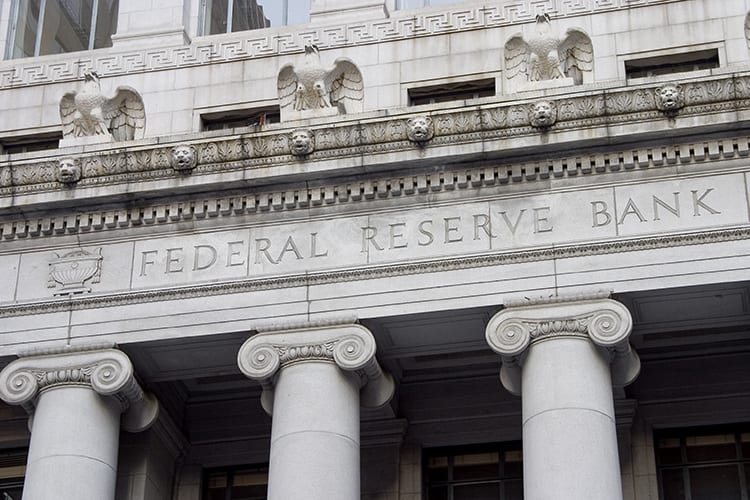 Federal Reserve policymakers are among the best informed and most knowledgeable experts on the economy, and their decisions on interest rates are supposed to be based on exhaustive analysis of data. But
Federal Reserve policymakers are among the best informed and most knowledgeable experts on the economy, and their decisions on interest rates are supposed to be based on exhaustive analysis of data. But 
